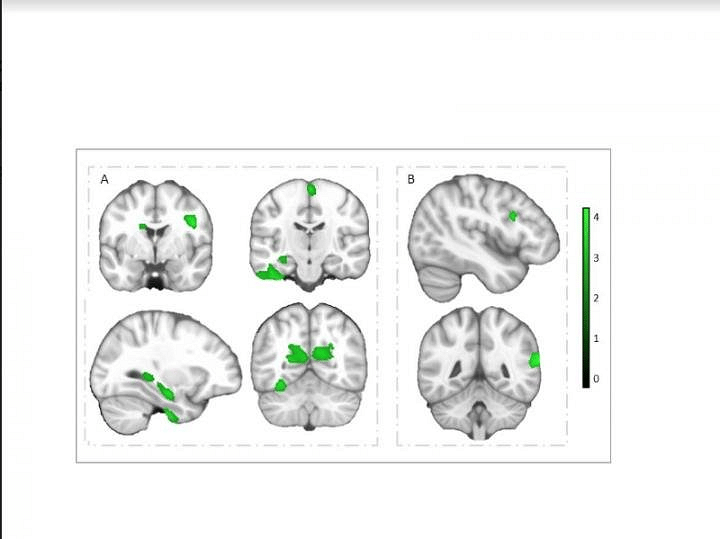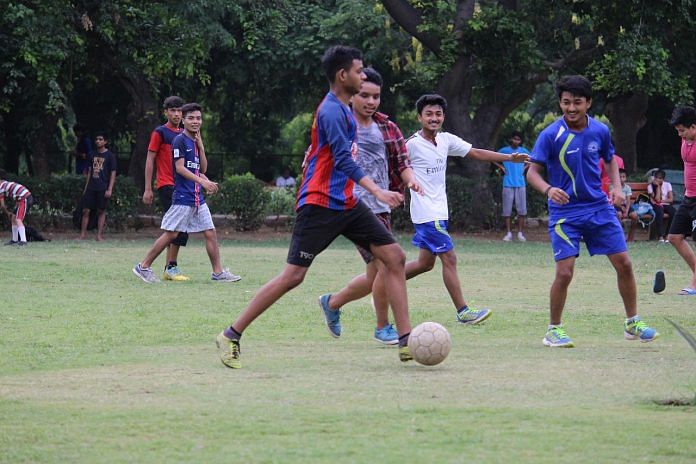Physically fit children have greater volume of grey matter that leads to enhanced academic performance, suggests study.
We know that exercise boosts memory and thinking skills. But now, researchers have shown for the first time that physical activity can increase the size of children’s brains and improve academic performance.
The study by a team from the University of Granada in Spain found that children who are physically fit have a greater volume of grey matter in the brain’s frontal and temporal regions and the calcarine cortex, all of which are important for executive function (the mental skills that help us get things done), as well as learning, motor skills and visual processing.
The researchers aimed to determine whether the brains of physically fit children were different to those of their less-fit peers and if this affected their academic performance.
“The answer is short and forceful: yes, physical fitness in children is linked in a direct way to important brain structure differences, and such differences are reflected in the children’s academic performance,” said lead researcher Francisco B Ortega, of the University of Granada’s Sport and Health Institute.
The study, published in the NeuroImage journal, is part of the ActiveBrains project, a randomized clinical trial involving more than 100 overweight and obese children aged between eight and 11.
The researchers found motor ability helped boost grey matter in two regions essential for language processing and reading: the inferior frontal gyrus and the superior temporal gyrus.
However, they found no link between muscular strength and the volume of grey matter in any part of the brain.

The paper’s main author, Irene Esteban-Cornejo, a post-doctoral researcher at the University of Granada, said that grey-matter volume in the cortical and sub-cortical regions influenced by physical fitness improved the children’s academic performance.
Moreover, she added: “Physical fitness is a factor that can be modified through physical exercise, and combining exercises that improve the aerobic capacity and the motor ability would be an effective approach to stimulate brain development and academic performance in overweight and obese children.”
The number of overweight or obese children is on the rise around the world, increasing from 32 million globally in 1990 to 41 million in 2016.
Obesity rates are also climbing far faster in developing countries than in high-income countries as economic prosperity leads to changing diets and lifestyles.
The researchers at the University of Granada have urged policy-makers and educators to put their findings into practice in schools by teaching physical education every day.
This was originally published on World Economic Forum.






